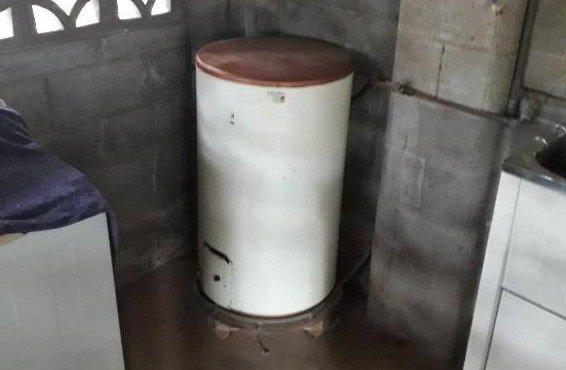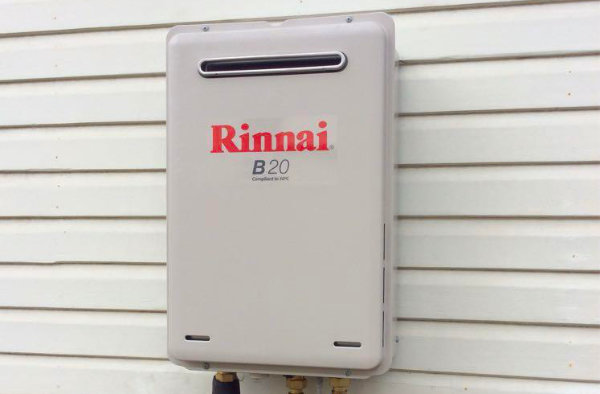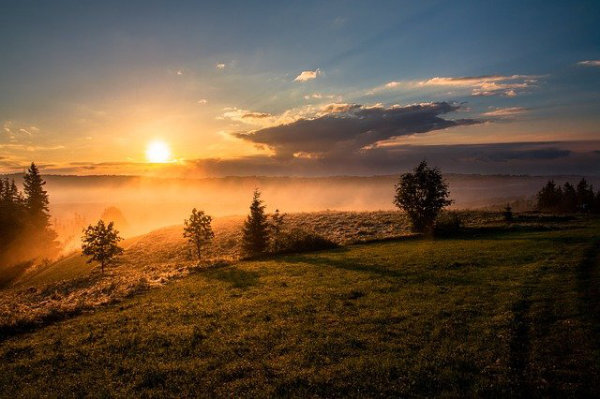16 June 2021
4 myths about hot water systems explained
Want to get to the bottom of some of the un-truths about hot water systems that are floating about the internet? We’ve cut through the maybes to give you the facts so you can make educated decisions around which hot water system is right for your home.
Myth 1 – Solar hot water systems only work when it’s sunny
With Brisbane and SEQ basking in gloriously bright sunshine for an average of 126 days each year, and smugly enjoying 134 partly sunny days for the remainder of the year, installing a solar hot water system seems a logical choice.
However, even with around 2,884 hours of sunshine annually residents of the Sunshine State have resisted getting on board with this great renewable energy-powered water heating option. This could be in part because they’ve heard about the myth that solar hot water systems don’t work on cloudy days.
What if we want to have a hot bath when it’s been raining all day? Fair question. So that’s 104 days that you just have to suck it up and have a cold shower? Well, no.
Just as it’s really easy to get sunburnt on overcast days, your solar hot water heater can also generate hot water when it’s cloudy.
Even when we’re all at risk of developing a vitamin D deficiency from lack of sun for days on end, the solar hot water system can still provide you with a hot shower using the fitted gas or electric booster system. The booster will automatically activate when the water temperature drops, ensuring you always have a reliable supply of hot water. When the sun comes out again the booster switches off and the unit goes back to using the free green energy from the sun, keeping running costs to a minimum all year round.

Myth 2 – The hotter my hot water the better
Surely having steaming hot water coming out of the tap is the whole point of a hot water system?
Well, no. Having your hot water set at a temperature that is too high (over 50℃) can present a serious safety issue.
If you have a storage tank unit and the hot water is being delivered to your bathroom taps at the same temperature that it is stored at, you and your family could be at risk of severe scalds. This is because the water in the tank must be kept above 60℃ to prevent the growth of bacteria which can cause health issues (eg legionella bacteria which can cause Legionnaires Disease).
- Hot water at 68°C can take as little as one second to cause scalding
- At 50°C degrees, it takes hot water five minutes to cause a burn.
The risk of someone in your home suffering burns from water that is dangerously hot is even higher if you have small children or elderly family members.
Hotter hot water is not better. Get your plumber to check that the hot water being delivered to your bathrooms is a safe 50℃ or below. If this is not already the case they can either adjust the temperature setting or install a tempering valve.
Note – as instant hot water systems don’t need to store water they are often pre-set with a specific delivery temperature.

Myth 3 – Replacing your old hot water unit with the same style & size is a good way to go
The hot water system that suited your household or family 10 years ago is probably not the best option now. Why is this? Households can go through a lot of change over that time.
Small children who were happy as a clam in ¼ of a bath of water might now be teenagers who love to take looong showers (why teens do this is one of the great mysteries of life). Or maybe the kids have moved out altogether and the demands on your once hard-working hot water system are much lower now.
Re-assessing your hot water requirements can help to ensure the new hot water system that you install meets your current and future needs, rather than those of a decade ago. Taking the time to speak to a hot water specialist about an energy-efficient replacement option could present significant savings. This can affect the purchase price of the new unit, as well as reduce your running costs over the long term (even if you’re upgrading to a larger unit).
No one wants to constantly run out of hot water or pay to heat water they’re never going to need. Get advice from your local hot water experts to ensure the new hot water system is perfect for your requirements.

Myth 4 – Instantaneous hot water systems supply hot water to your tap instantly
Despite the ‘instant’ name, when you turn on the HW tap there can be a short lag if you have an instant hot water system. This lag is due to the distance the water must travel between the unit and the tap.
The ‘instant’ or ‘instantaneous’ in the name refers to the unit immediately starting to heat water when you turn on the outlet. Most major brands, such as Rinnai and Rheem, use the term ‘continuous’ or ‘continuous flow’ rather than instant to describe their products to remove the idea that they guarantee immediate hot water.
The lag can be minimised by locating the system as close as possible to the outlet/s. For larger homes, or properties in which kitchens and bathrooms are some distance apart, installing multiple units can help keep the response time down. Speak to your hot water installer for advice on the most effective installation position for your home.
Reference
https://www.currentresults.com/Weather/Australia/Cities/sunshine-annual-average.php
https://www.vba.vic.gov.au/consumers/guides/hot-water-safety
Suggested articles
No articles found

